How Proper Ventilation Prevents Ice Dams and Moisture Damage in Champaign, IL Homes
By Scott & Karen Dillman | October 10, 2025
Highlights:
- Proper attic ventilation prevents ice dams and moisture damage that threaten roof integrity.
- Balanced airflow between intake and exhaust vents protects against mold, mildew, and leaks.
- Ridge vents, soffit vents, and baffles create consistent circulation across all seasons.
- Champaign, IL homes benefit from tailored ventilation strategies designed for Midwest weather.
- Dillman Brothers offers professional guidance and installation for lasting home protection.
Ice dams quietly destroy roofs every winter, and most homeowners don't realize the risk until damage appears. Moisture buildup inside a home not only weakens roofing materials but also creates expensive repairs. Proper attic ventilation helps stop this chain reaction by maintaining balanced airflow. With vents that let stale, moist air escape and draw fresh air in, roofs stay colder in winter and drier year-round. In regions like Champaign, IL, where seasonal shifts bring snow, rain, and humidity, ventilation is one of the simplest yet most effective strategies to safeguard your home from long-term deterioration.
Importance of Home Ventilation
Your home needs to breathe, and good airflow protects every layer of the structure. Without it, heat and moisture accumulate in the attic, leading to mold, weakened wood, and higher energy bills. The two biggest reasons to prioritize ventilation are preventing ice dams and reducing trapped moisture. Ice dams can loosen shingles, damage gutters, and lead to leaks inside your walls. Meanwhile, poor airflow traps everyday household moisture. Both issues shorten your roof's life. Ventilation is not just a building code requirement-it is a necessity for anyone who values roof performance and indoor comfort.
Preventing Ice Dams
Ice dams form when warm air from the living space escapes into an attic. This melts snow on the roof, which then refreezes along the edges, creating dangerous ridges of ice. These dams back up water, leading to leaks that damage insulation and ceilings. Proper ventilation keeps the attic cold, preventing uneven melting. According to MoistureFlow, airflow systems are one of the most reliable defenses against ice dams because they equalize temperature across the roof. Even in relatively mild climates, unventilated attics can trigger ice damming during freeze-thaw cycles, proving no home is immune.
Reducing Moisture Buildup
Everyday activities like cooking, bathing, and laundry release moisture into the air. Without proper ventilation, this vapor accumulates in attics and walls, where it condenses on cool surfaces. That moisture creates conditions for mold, mildew, and rot. Ventilation provides an escape route for damp air, functioning like a house-wide exhaust system. According to This Old House, ventilation works best when intake and exhaust are balanced to create a steady flow of air. This circulation helps regulate humidity levels, ensuring homes stay dry throughout the year while reducing reliance on dehumidifiers or costly repairs.
FAQ
How does ventilation protect against roof leaks?
By keeping attics cold and dry, ventilation prevents ice dams and condensation that cause leaks.
Can I add vents without replacing my roof?
Yes, soffit or gable vents can often be added independently, though ridge vents usually require roofing work.
Does ventilation reduce energy costs?
Yes, balanced airflow lowers heat buildup in summer and prevents ice-related damage in winter, reducing bills.
Methods for Effective Ventilation
Once you understand why ventilation is critical, the next step is learning how to achieve it. Two of the most common and effective solutions are ridge vents and soffit vents. Ridge vents, installed along the roof's peak, act as an exhaust system, letting hot and humid air escape. Meanwhile, soffit vents, located under roof eaves, draw fresh, cool air into the attic. These two systems work together, ensuring circulation from intake to exhaust. The result is a continuous airflow that regulates attic temperature, prevents ice dams, and reduces moisture accumulation inside a home's structure all year long.
Installing Ridge Vents
Ridge vents are placed along the peak of a roof and covered by shingles for a low-profile finish. Their design allows wind moving over the ridge to create negative pressure that pulls hot, stale air from the attic. Unlike powered fans, ridge vents have no moving parts, making them reliable and low-maintenance. Installation usually takes place during roof replacement, but retrofits are possible on many homes. Ridge vents provide consistent airflow across the attic's length, improving ventilation efficiency. For homeowners in Champaign, IL, where snowfall and humidity are seasonal challenges, ridge vents are a practical long-term investment.
Utilizing Soffit Vents
Soffit vents act as intake points for attic airflow. Installed under roof eaves, they draw cooler outdoor air into the attic, feeding circulation toward ridge vents. Their efficiency depends on keeping pathways clear. Insulation, storage, or debris blocking soffit vents reduces their effectiveness. Pairing soffit vents with attic baffles ensures air moves unobstructed from eaves to ridge. According to University of Minnesota Extension, balanced systems that combine soffit and ridge vents create the most effective protection against ice dams and moisture. This combination makes soffit vents one of the most important tools in attic design.
FAQ
Do soffit vents require maintenance?
Yes, periodic checks are needed to ensure insulation or debris isn't blocking them.
Can ridge and soffit vents work independently?
They are most effective when used together, as each provides intake or exhaust airflow.
How many vents does my attic need?
Ventilation needs vary by roof size, design, and climate. A contractor can calculate the proper ratio.
Choosing the Right Ventilation System
Not all homes share the same ventilation needs. Climate is a major factor, as homes in hot, humid regions need more airflow than those in dry areas. In northern climates, the focus is on preventing ice dams and condensation, while desert homes may require filters to block dust while allowing circulation. Balancing intake and exhaust is always the goal. Too much intake without exhaust-or the reverse-creates pressure imbalances. For homeowners in Champaign, IL, consulting a local expert like Dillman Brothers ensures the system is customized to match both seasonal weather and specific home construction details.
Professional Installation Tips
While some homeowners attempt ventilation improvements themselves, professional installation often provides better long-term results. Experts inspect attics for insulation gaps, leaks, and existing airflow before recommending a system. They also consider factors like local building codes, roofing style, and materials. Professional installers can prevent costly mistakes, such as cutting vents in the wrong location or overlooking hidden airflow restrictions. By tailoring solutions, contractors ensure balanced circulation and maximum energy efficiency. Ventilation should not be viewed as an optional upgrade-it is an essential safeguard. With pro installation, you'll enjoy peace of mind knowing your roof and attic are protected.
FAQ
Is ventilation a code requirement?
Yes, most building codes require a minimum amount of ventilation in attics and crawl spaces.
How do professionals test attic airflow?
They measure air exchange rates, inspect vents, and may use infrared imaging to spot warm spots.
Can ventilation extend roof life?
Absolutely-proper airflow reduces heat stress, prevents moisture damage, and preserves shingles longer.
Long-Term Home Protection
Proper ventilation acts like an insurance policy for your home. It keeps attics cold in winter, preventing ice dams, while reducing humidity levels year-round. This balance safeguards insulation, wood framing, and shingles from premature wear. Homeowners who invest in ventilation also benefit from lower energy bills because their HVAC systems work less to maintain comfort. The key is creating balanced airflow with systems designed for your specific climate and structure. With professional installation and periodic checks, ventilation protects your home from costly repairs, extending roof life and improving comfort in every season.
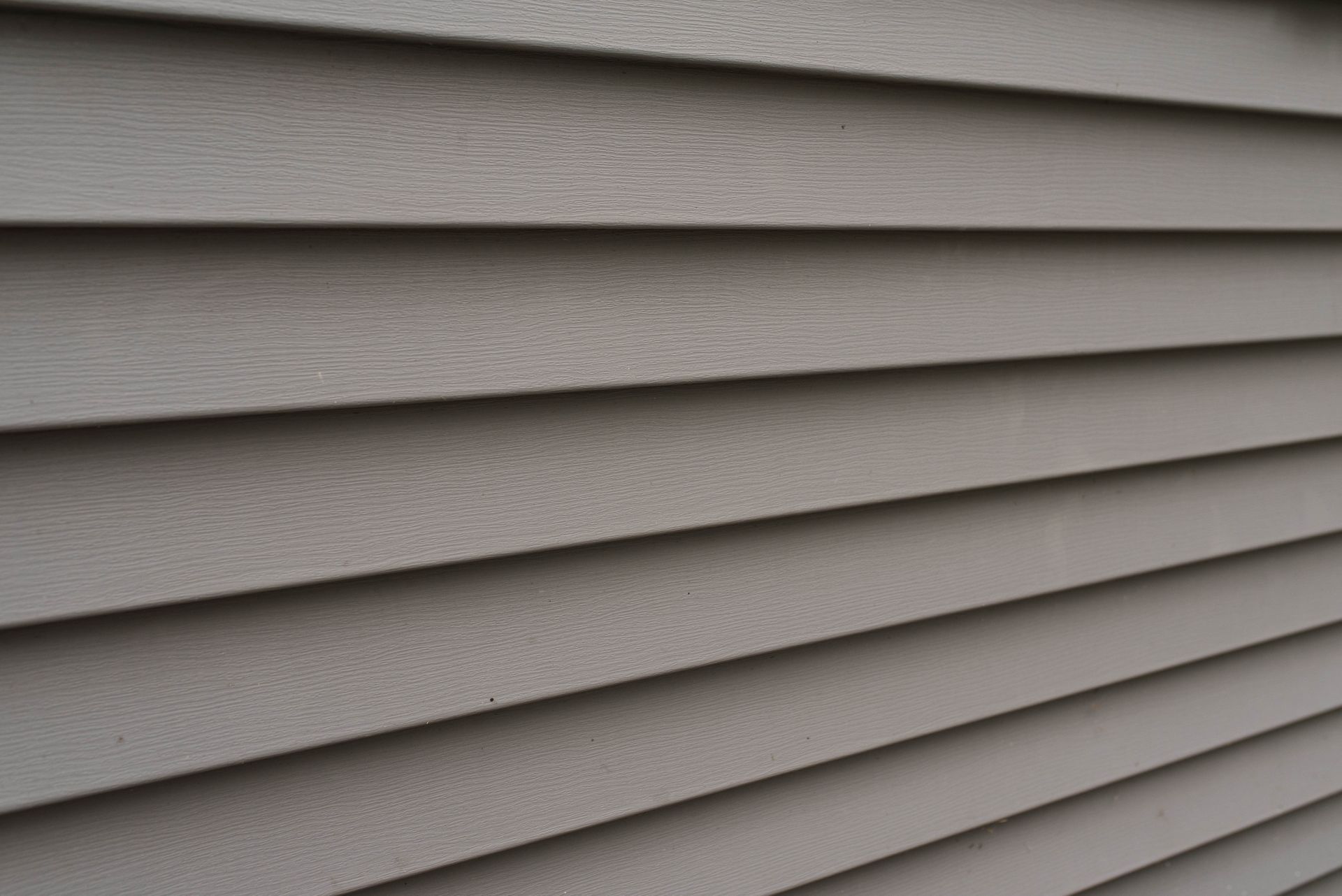


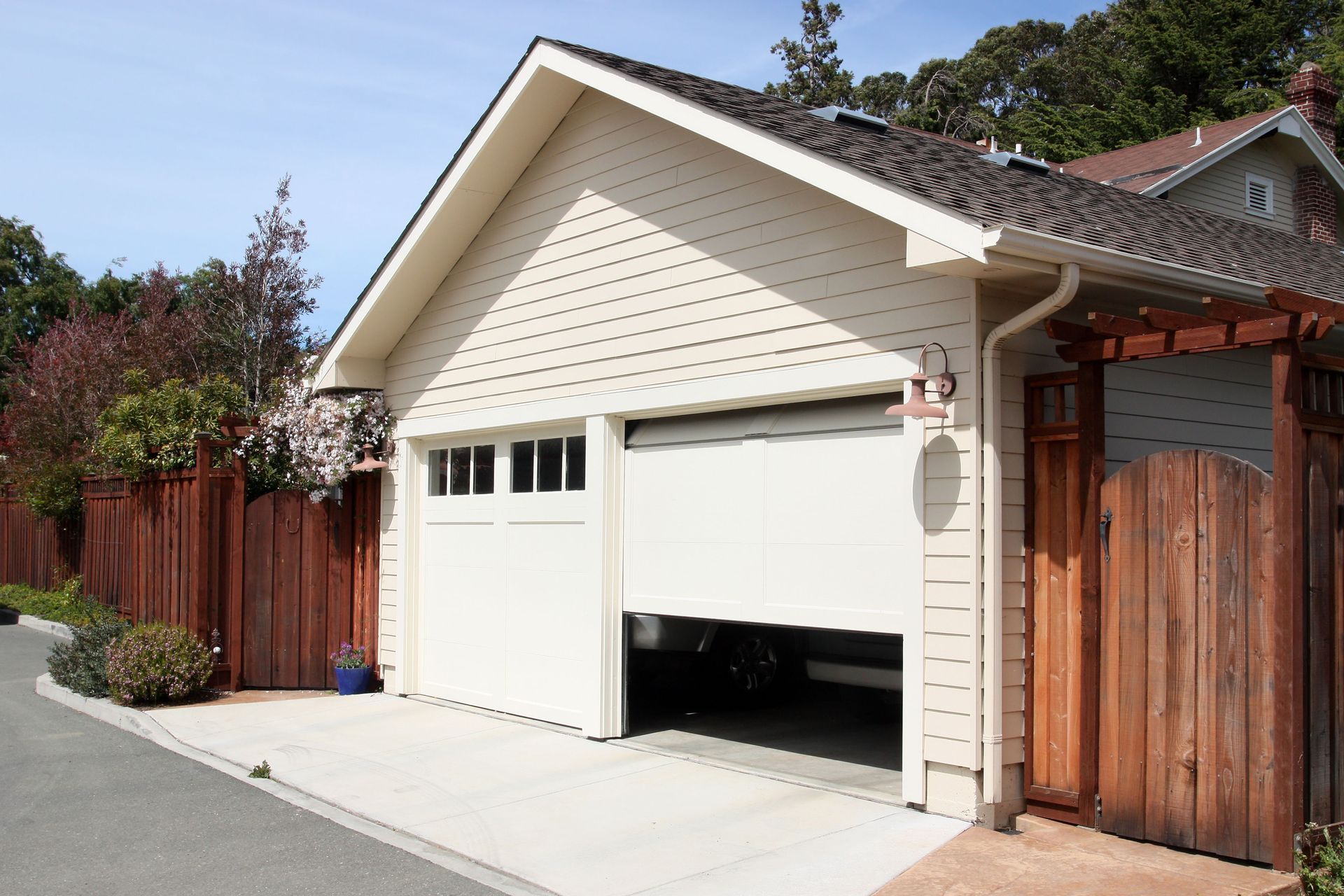
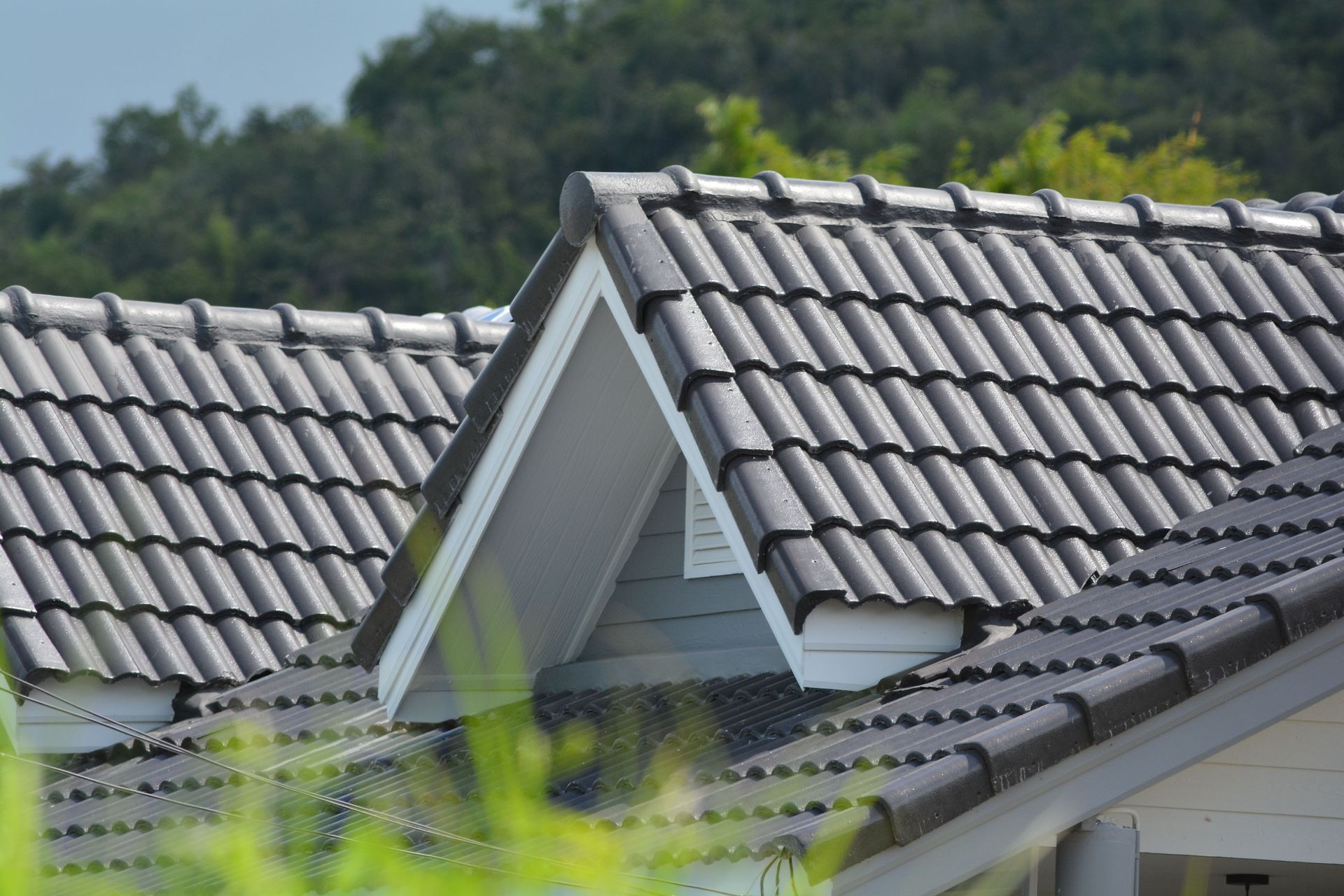
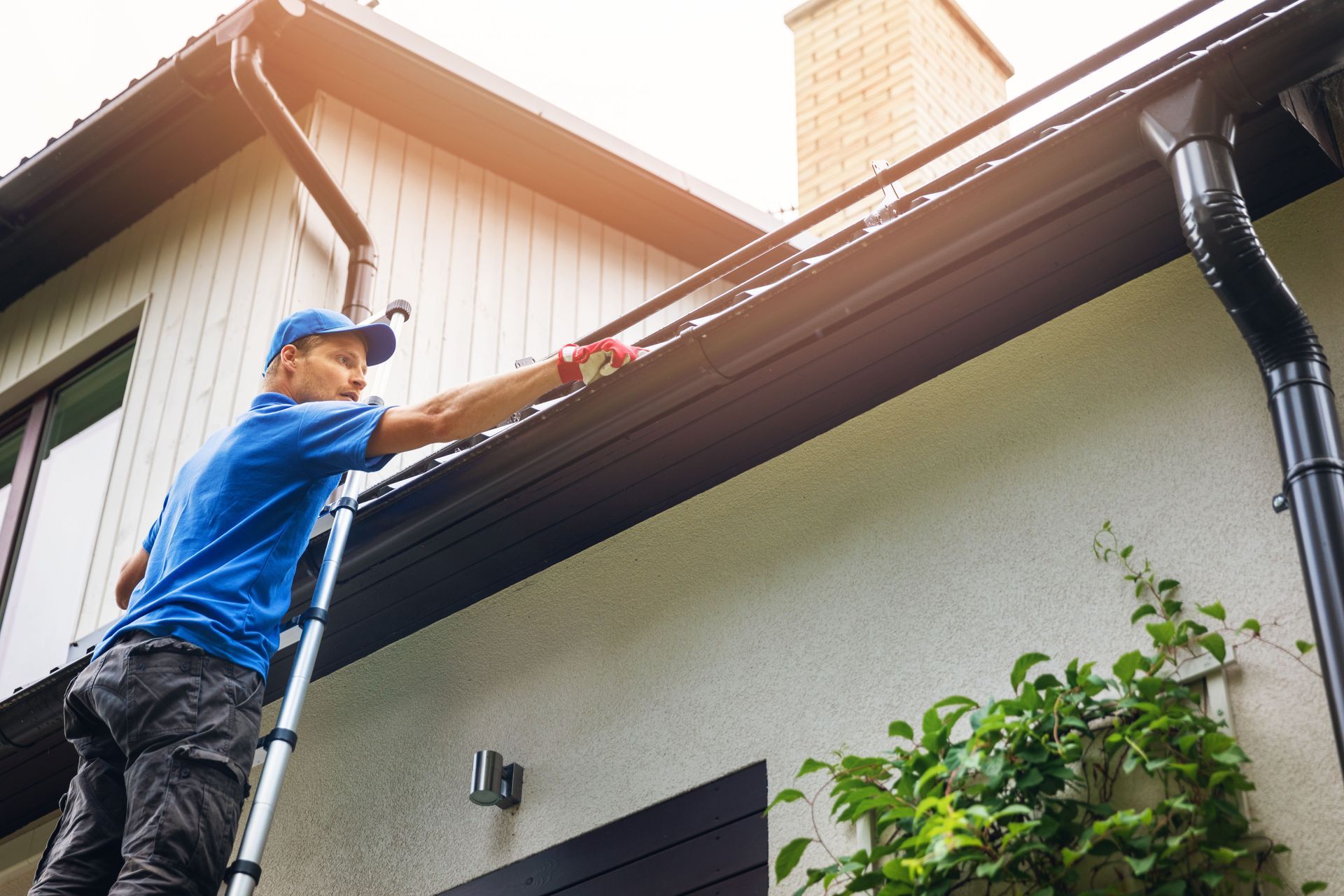
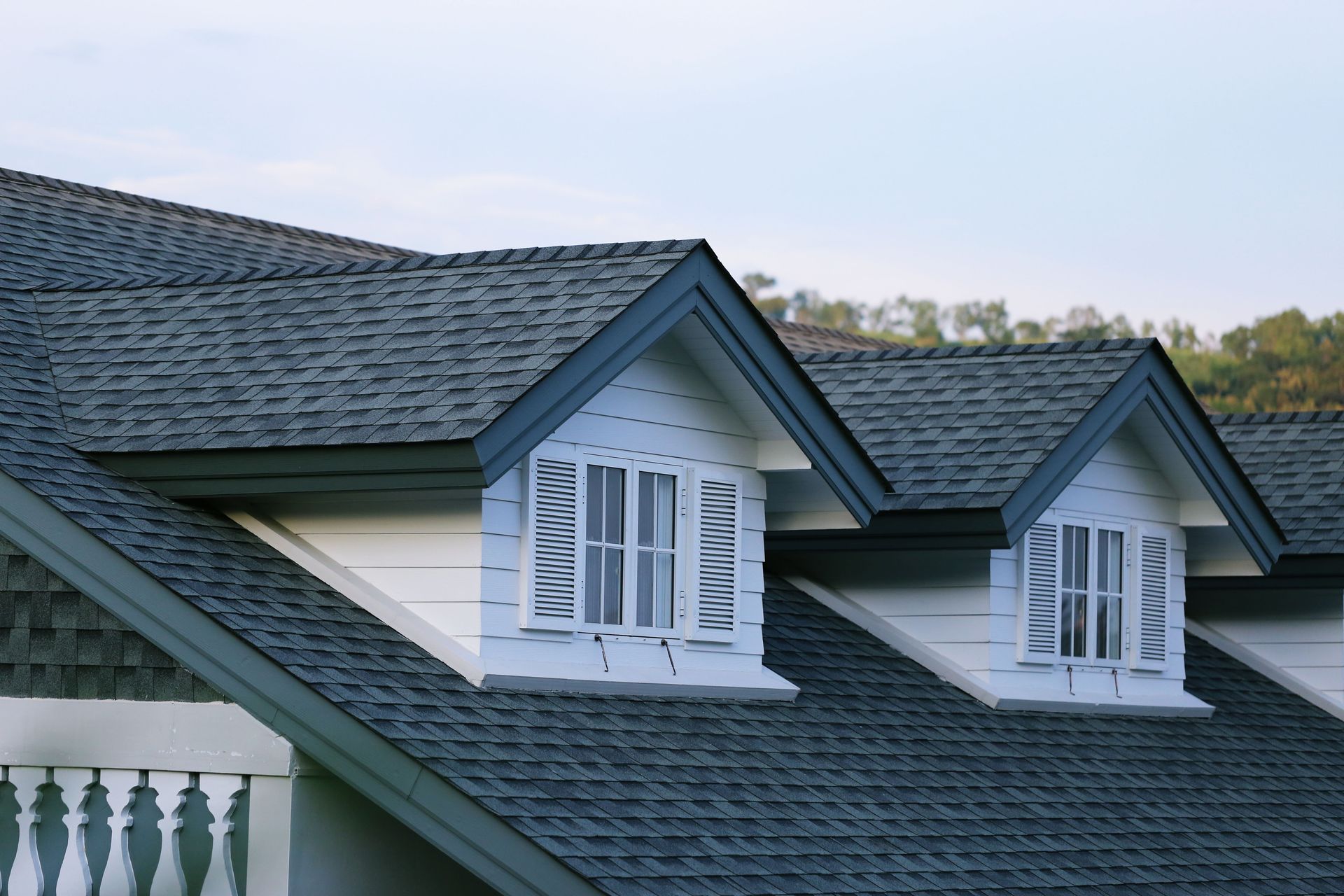
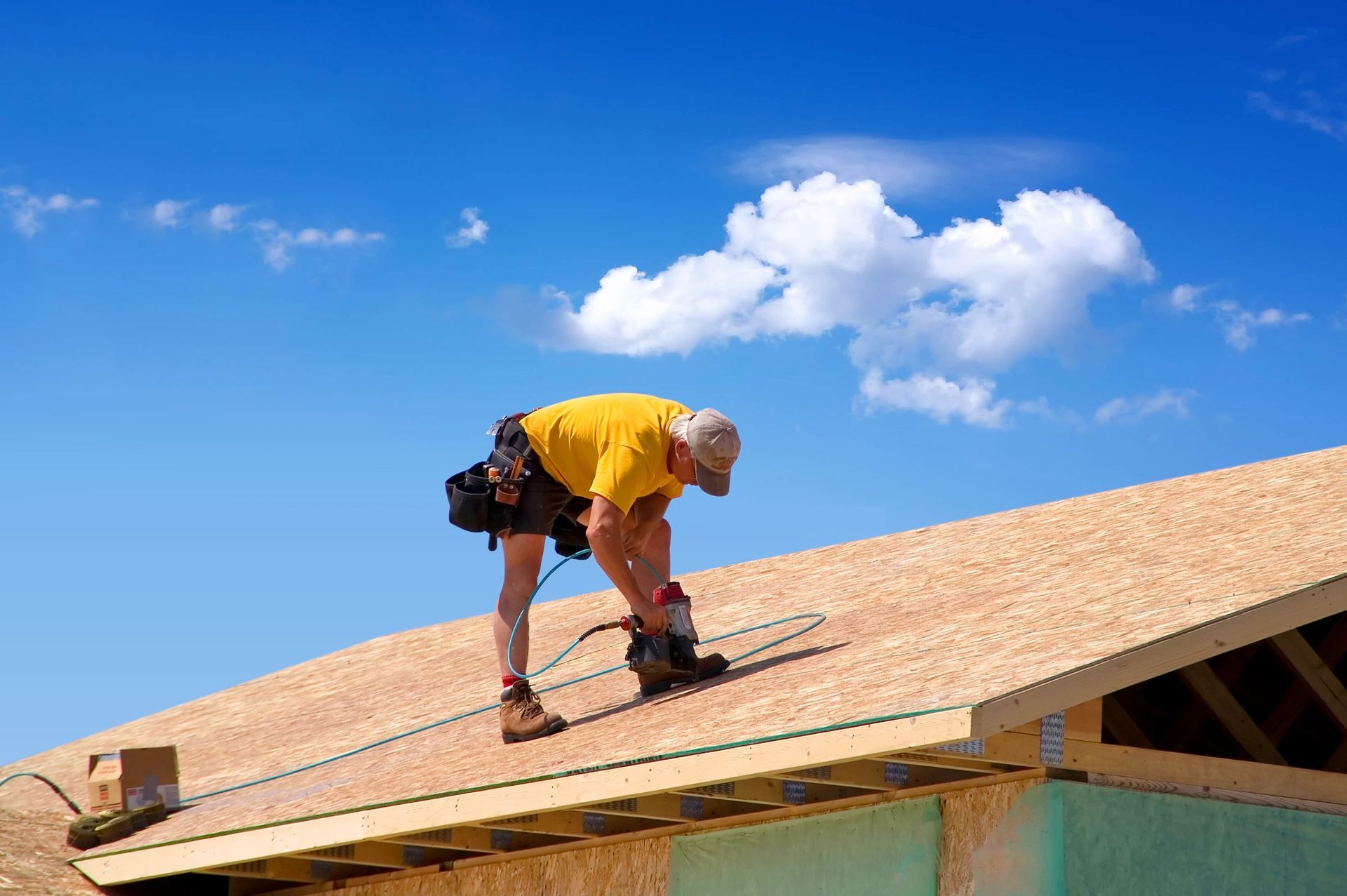
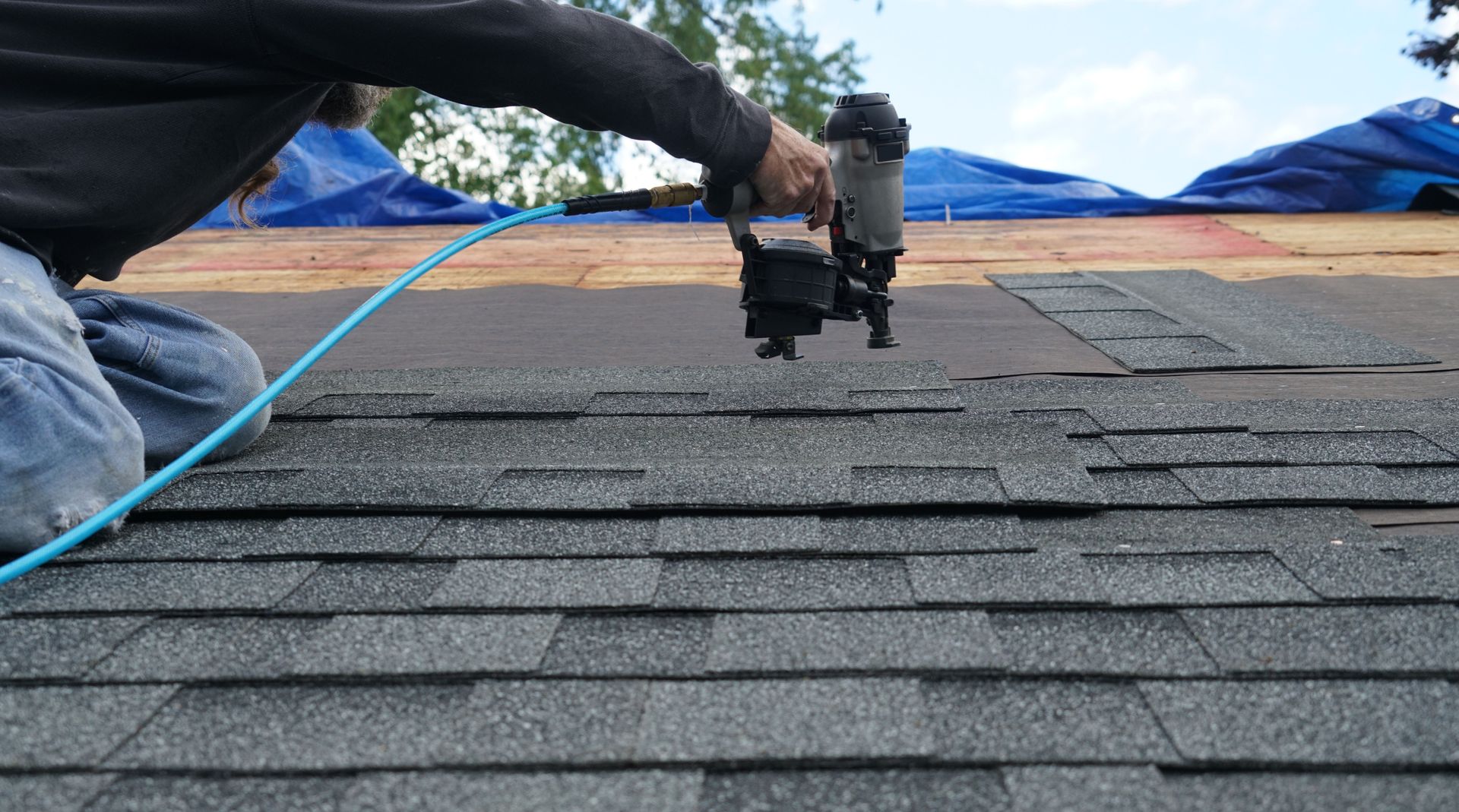

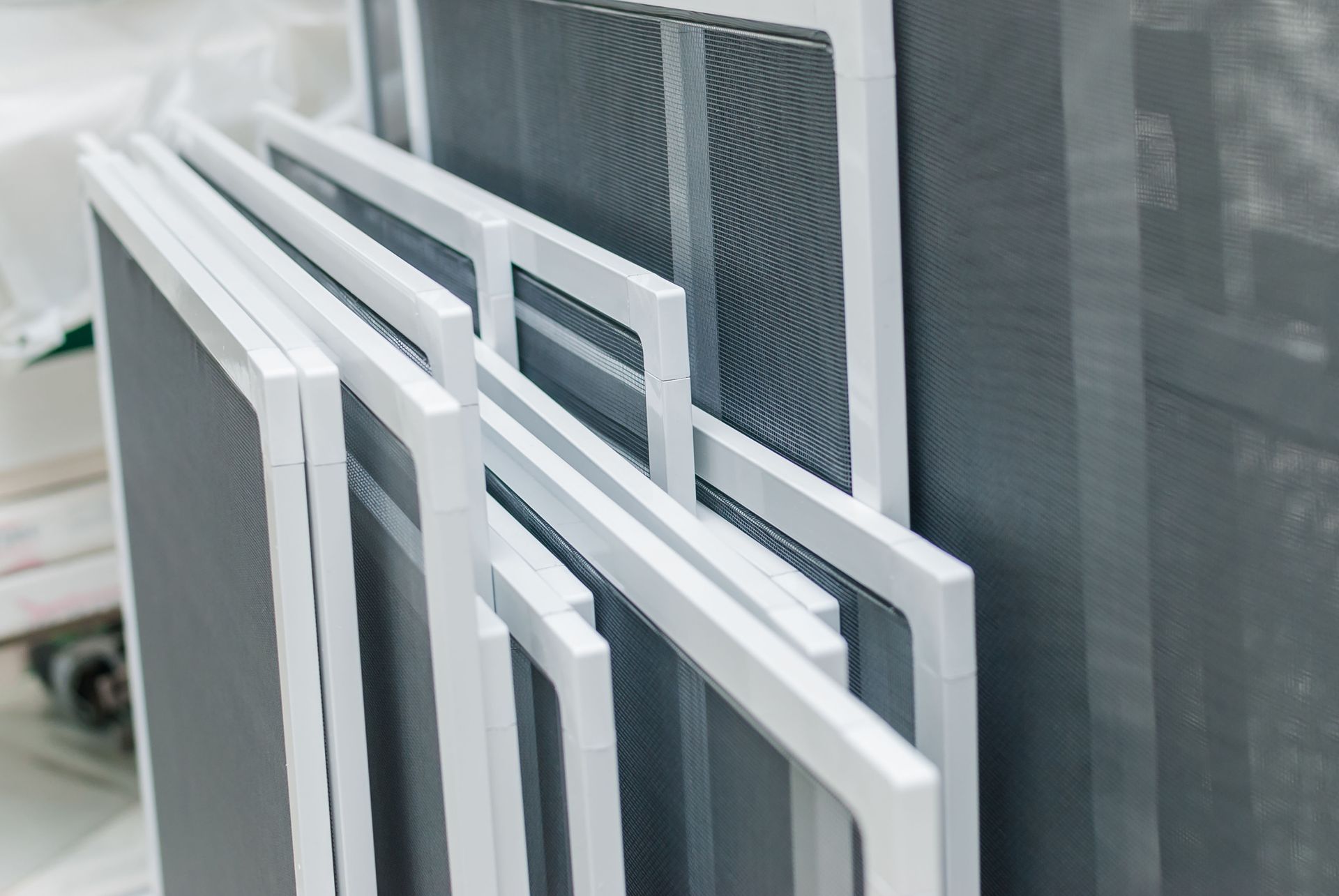
Share On: